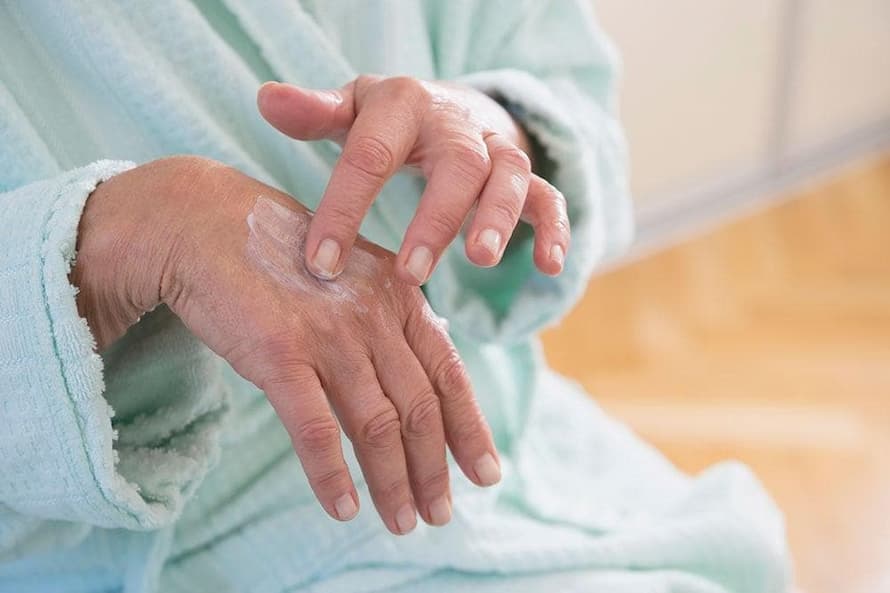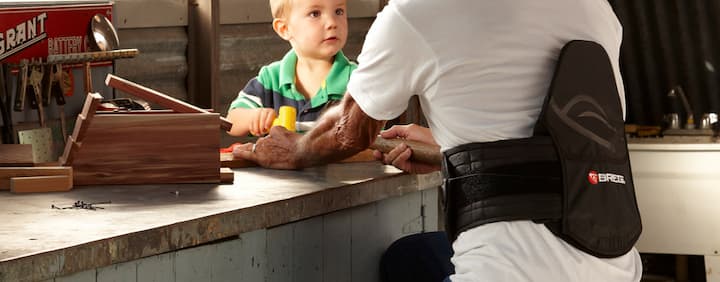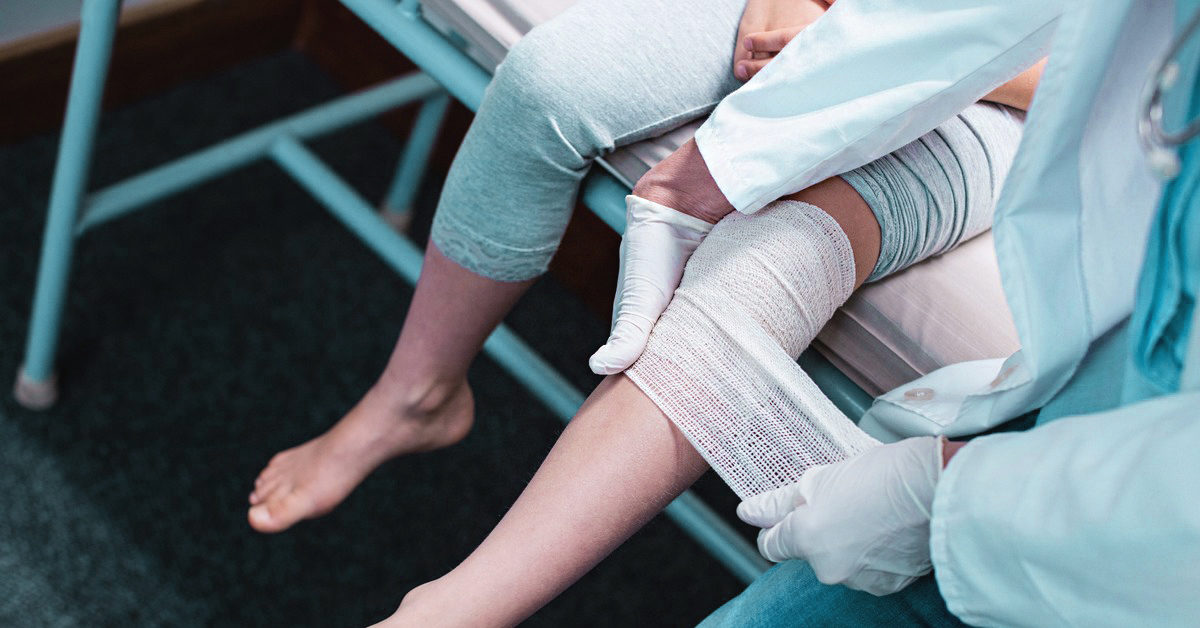Medical Equipment
A Guide to Labwear: Safety, Comfort, and Style
Laboratory work is an integral part of scientific research and various industries. Whether you’re a scientist, researcher, technician, or student, wearing the right lab attire is essential for your safety, comfort, and professionalism. This guide will provide you with a comprehensive overview of lab wear, covering its importance, different types, safety considerations, and style tips. By the end of it, you’ll have a clear understanding of how to choose and maintain the appropriate lab wear for your needs.
Why Should You Wear a Lab Coat?
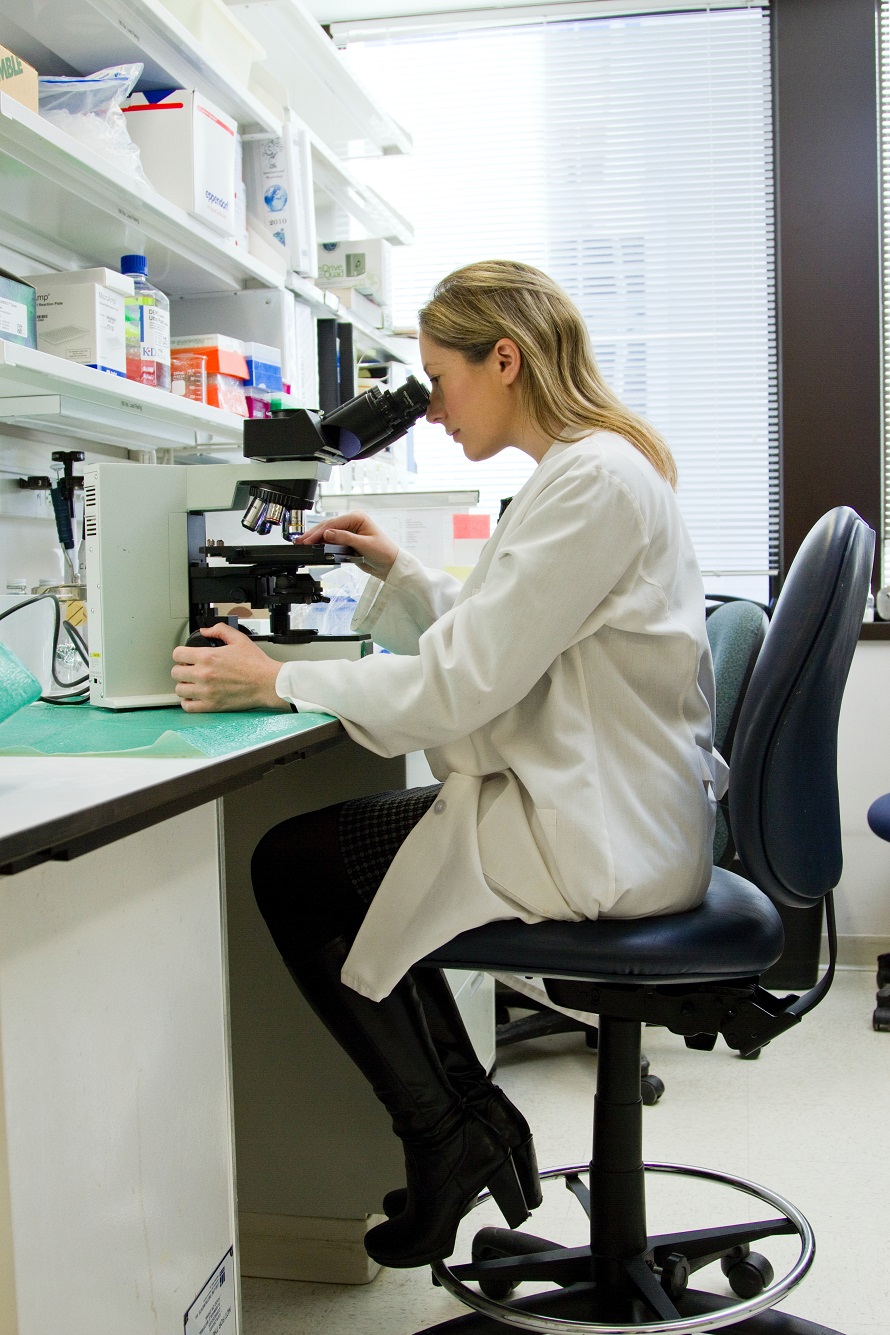
Lab apparel serves multiple purposes, making it an indispensable part of any laboratory setting. Here are some key reasons why suitable labwear is crucial:
- Safety: Laboratory wear is designed to protect you from potential hazards in the laboratory, such as chemicals, biological agents, heat, and flame. It acts as a barrier between your body and potentially harmful substances.
- Contamination Control: Lab scrubs help prevent contamination of experiments and samples. By wearing appropriate attire, you reduce the risk of introducing foreign materials into your work.
- Professionalism: In many scientific and industrial settings, well-designed lab wear is a symbol of professionalism. It conveys that you take your work seriously and adhere to safety standards.
- Comfort: Quality lab clothing is designed for comfort, allowing you to focus on your work rather than discomfort caused by ill-fitting or inadequate attire. Having the ability to move around easily can be crucial when conducting complicated experiments or tests.
- Pockets: Working in a lab usually requires handling instruments and equipment. Coats that have front patch pockets and a chest pocket will provide ample space for storage, making your work a bit easier.
Types of Lab Wear
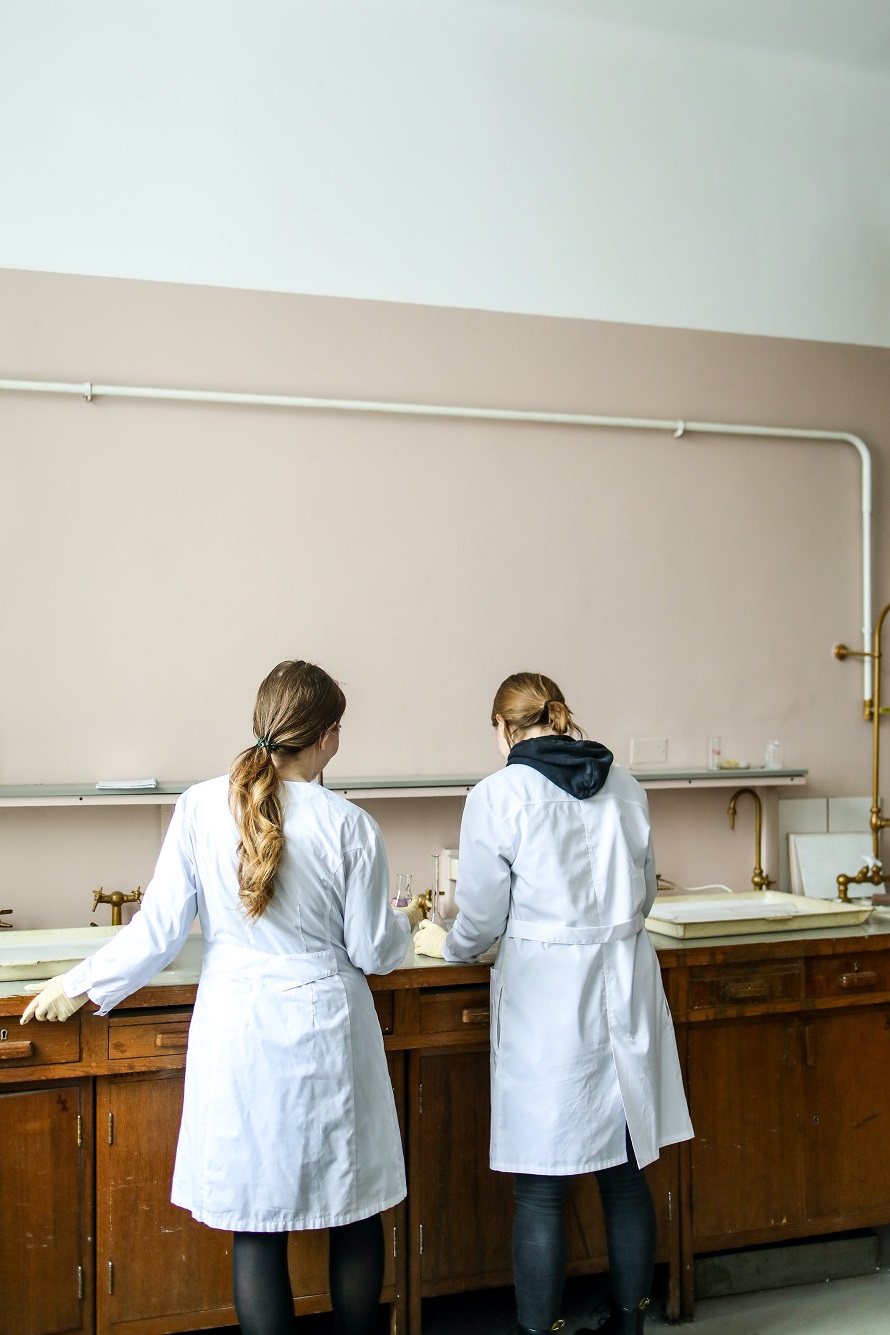
There are several types of labwear, each tailored to specific laboratory environments and requirements. Here are the most common types:
- Lab Coats: Lab coats are the quintessential lab attire. They are typically knee-length, long-sleeved, and made from materials like cotton, polyester, or a blend of both. Lab coats protect your clothing and skin from splashes and spills.
- Gloves: Gloves are essential for hand protection. They come in various materials, including latex, nitrile, and neoprene, depending on the specific tasks and potential hazards in the lab.
- Safety Goggles: Safety goggles or glasses protect your eyes from chemical splashes, debris, and other hazards. They should fit snugly and have appropriate ventilation.
- Lab Aprons: Aprons offer an additional layer of protection, especially in situations where lab coats may not be sufficient. They are typically made of chemical-resistant materials and cover the front of the body.
- Footwear: Closed-toe shoes with non-slip soles are essential in the lab. They protect your feet from spills, falling objects, and chemical exposure.
Safety Considerations
When selecting lab scrubs, safety should be your top priority. Here are some safety considerations to keep in mind:
Material Selection
Choose lab wear made from high-quality materials that are appropriate for the hazards you may encounter. For example, chemical-resistant lab coats and gloves are necessary when working with corrosive substances. Certain state-of-the-art lab gowns use anti-microbial technologies for the best best protection.
Fit
Lab wear should fit comfortably but not be too loose or too tight. Loose clothing can catch on equipment, while tight clothing may restrict movement and circulation.
Fastening
Ensure that lab coats and aprons have secure fastenings, such as buttons or snaps. This prevents accidental exposure in case of spills. You will come across models with press stud fasteners and easily accessible back ties.
Visibility
Select lab wear in light colours to easily spot chemical splashes or contaminants. Dark colours may hide potential hazards. White coats can be 100%, while coloured ones are made from a blend of polyester, spandex and cotton.
Maintenance
Regularly inspect your laboratory scrubs for signs of wear and tear. Replace damaged or compromised items promptly. Always choose gowns and coats made from high-quality fabrics with double stitching and interwoven with an anti-microbial finish.
Style and Professionalism
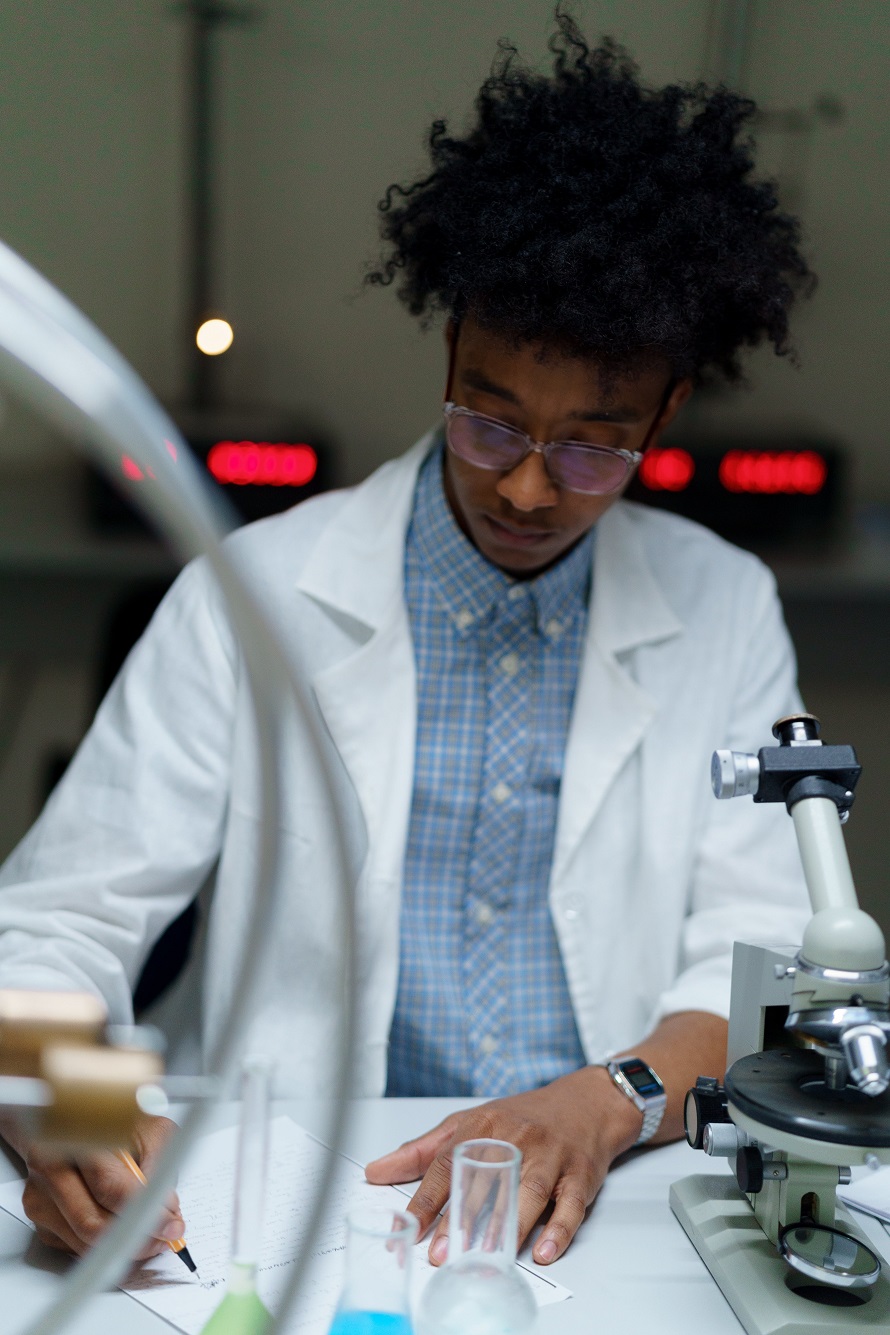
While safety is paramount, lab wear doesn’t have to be purely utilitarian. You can maintain professionalism and even inject some style into your lab attire. Many lab coats and aprons come with customizable options, such as embroidered names or department logos. Personalizing your labwear can make you feel more connected to your work.
Opt for lab coats and attire that fit well. Tailored lab coats can give a more polished and professional appearance. Accessorize. Add a touch of personality with colourful safety goggles, stylish gloves, or fun shoe covers. Just ensure that any accessories meet safety standards. Choose comfortable and durable footwear that complements your lab attire. Consider slip-resistant shoes that are easy to clean.
Caring for Your Lab Wear
To prolong the life of your lab wear and maintain its protective qualities, follow these care instructions:
- Washing: Properly launder and care for your labwear to keep it looking its best. Well-maintained lab wear reflects professionalism. Follow the manufacturer’s care instructions for washing and drying lab coats and aprons. Use appropriate detergents and avoid using fabric softeners.
- Storage: Hang lab coats and aprons in a well-ventilated area to allow them to air out. If you choose wrinkle-resistant and fade-resistant materials, you won’t have to go through the trouble of ironing. Store gloves in a cool, dry place away from direct sunlight.
- Inspection: Regularly inspect your apparel for any damage, such as tears, fraying, or chemical stains. Replace damaged items promptly.
- Replacement: Over time, lab wear can become less effective in protecting against hazards. Replace lab coats, gloves, and other items as needed to ensure your safety.
Bottom Line
Lab wear is an integral part of laboratory safety, comfort, and professionalism. By understanding the different types of lab attire, prioritizing safety considerations, and paying attention to style and maintenance, you can create a lab wear wardrobe that enhances your work experience while keeping you protected. Remember, in the laboratory, safety always comes first, but there’s no reason why you can’t look good while staying safe and professional.





